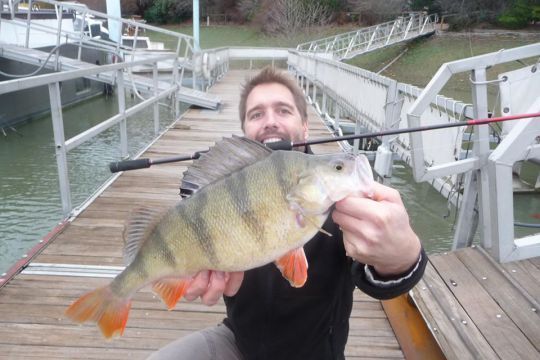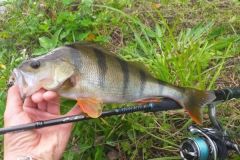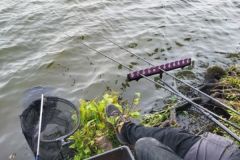Choosing a braid can be a daunting task, given the number of models on the market. While strength and diameter are often taken into account, there's one subject we're always wondering about, but for which we sometimes don't have the right answers. It's the number of strands. While there are braids with 3, 4, 8 and 12 strands, we'll only deal with the difference between those with 4 and 8 strands, the other two having the same particularities.
Roundness and strength
The difference between 4-strand and 8-strand braid is that the latter is generally rounder, smoother and offers greater linear resistance for the same diameter. But it's also more expensive!
These differences need to be taken into account when making your choice, as they will influence a number of factors. Your choice should be guided by your intended use.
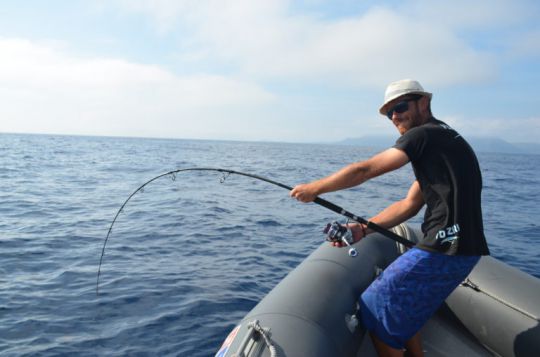
Vertical/ Horizontal
As we've said, 8-strand braids are often rounder and smoother than their 4-strand competitors, which means that for the same diameter (the diameter is relative, given that they're not completely round), the former will be more aerodynamic and therefore more hydrodynamic!
For deep fishing, vertical fishing and very precise fishing (scratching, for example), the use of 8-strand braid is particularly recommended, as it will glide better through the water and offer less resistance to the current. As a result, your lure will sink faster (so you'll be able to weight it less), your line will stay vertical more easily and your lure will be less subject to the influence of the streamer.
On the contrary, when you want your lure to have the most gliding action possible and sink slowly in the water (in linear fishing, for example, with jerkbaits or even in pulls for some), using a 4-strand braid increases the banner's lift. It sinks more slowly, so your lure sinks more quickly and becomes more buoyant. To increase this effect, you can of course reduce the weight of your lure (if it's a soft lure) and increase the diameter of your braid.
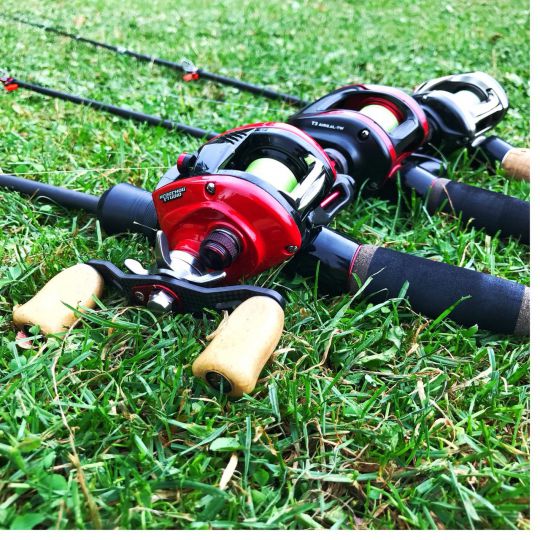
Throwing distances
We've just seen that an 8-strand braid is more aerodynamic. With this in mind, if you need to cast far because you're prospecting large areas from the shore or want to cover as much ground as possible, it's the perfect choice. Its glide and roundness will help you gain a few meters. If possible, you can also reduce its diameter to increase this effect.
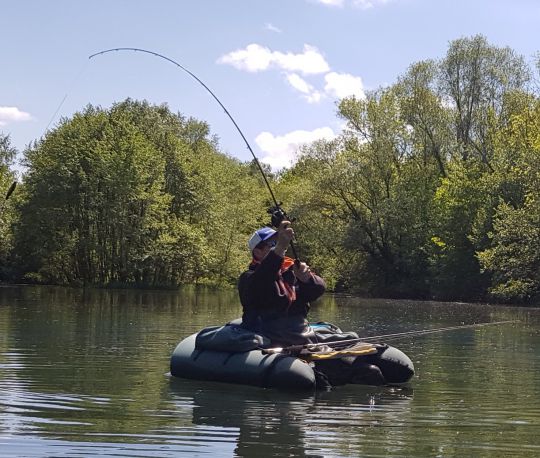
Casting or spinning
While it's perfectly possible to use 8-strand braid for casting, I recommend that beginners start with 4-strand braid. Indeed, when you start casting, wigs are quite common and 8-strand braids tend to "snap" more easily when cast if there is a blockage, resulting in the loss of your lure. Also, untangling wigs is a little easier with a 4-strand. On the other hand, when casting, it's advisable to use a slightly thicker braid to more easily overcome this kind of problem, and eventually to start with nylon, which is much more forgiving of mistakes.
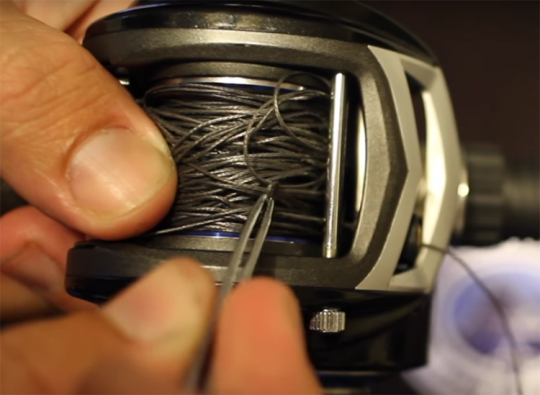
The presence of cover
While 8-strand braids offer greater linear resistance than 4-strand braids of the same diameter, they are less resistant to friction and abrasion. A strand breaks and they quickly become fluffy. So if you're fishing in cluttered environments (dead trees, algae, rocks, etc.), 4-strand braid is much more suitable.

 /
/ 